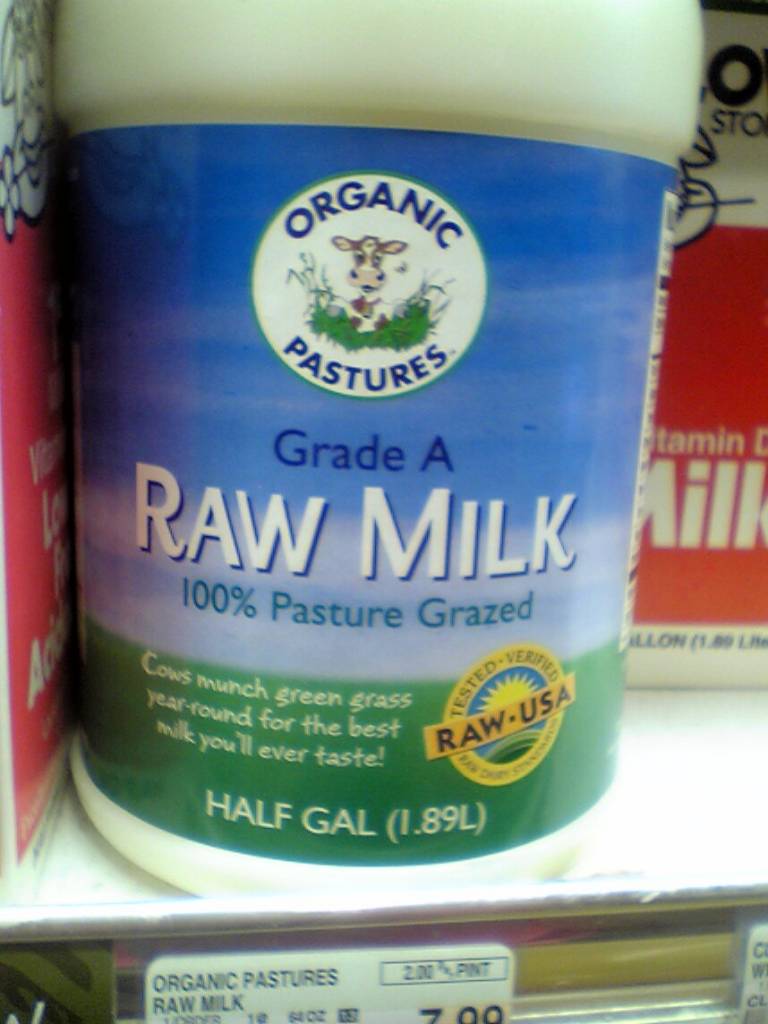This is Silly.
 by Sean Croxton
by Sean Croxton
Long time, no blog.
I wish I could tell you all about how busy I’ve been, but to be honest I’ve just been kinda chillin’. The radio show has been on a month-long hiatus (Robb Wolf this Thursday!). The “did you know” Facebook posts have taken a break. And I finally dusted off the Tweetdeck last night.
The TV show is in production. Just yesterday, my crew and I went over to Mark Sisson’s place and filmed our third episode. So far, we’ve shot with Gary Taubes, Todd Durkin, Dr. Tom O’Bryan, and Steve Cotter. You guys are going to LOVE the show!
What else is going on in Croxton World?
Well, I think I’m going through a phase that all health bloggers go through at some point or another. It’s the point at which we ask ourselves just what the heck else can we say about food that we haven’t said before. And how do we continue the discussion without losing the average Joes and Janes who just want to eat/live well and without attracting the neurotic orthorectics who turn food into a religion?










